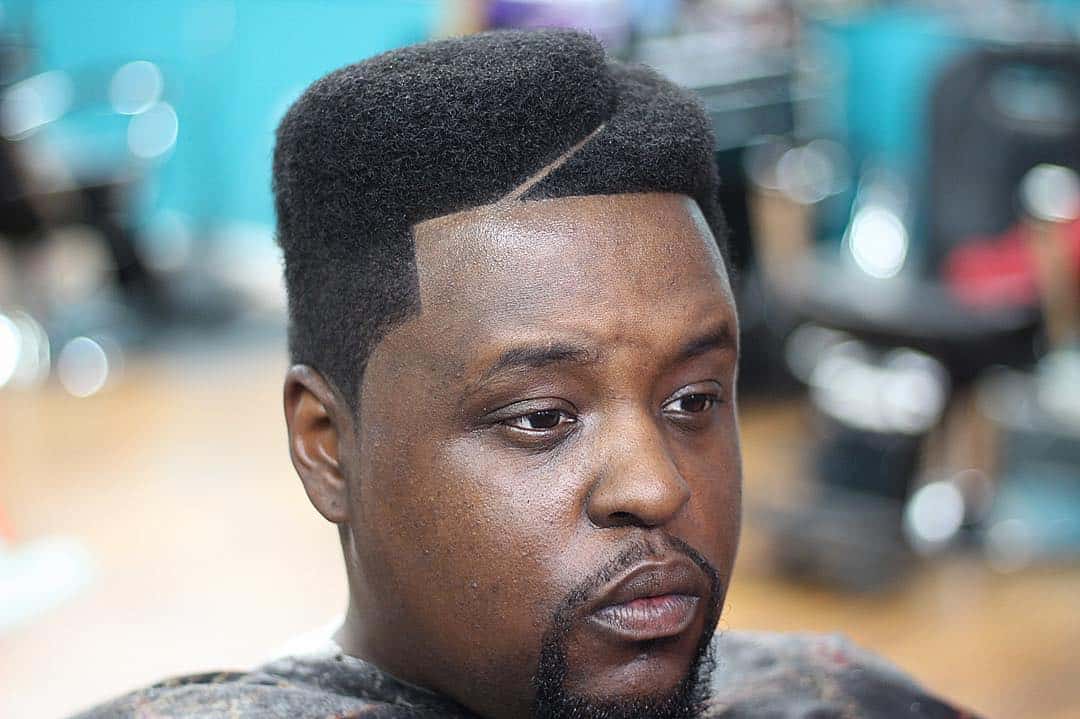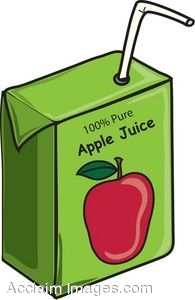

Think Brad Pitt, Justin Timberlake, Adam Levine, David Beckham, and Zayn Malik. In recent years, fades and undercuts have been adopted by many non-Black men. “You can dress it up or down, which makes it easy to wear in the corporate world.”Īlthough the fade stems from the military, the Black community elevated it with the hi-top, which helped to revive the original fade years later and make it more appealing to someone who may have never considered wearing it as an everyday style. “The fade will never go out of style because it’s multidimensional,” Spencer says. Plus, fades generally require low maintenance depending on how fast the client’s hair grows. Not all barbers understand this concept, but it’s maybe the most important part of getting a great fade.”Ī well-executed fade can instantly make anyone appear cooler, edgier and pulled together. Taking it a step further, McGill says, “The best fades are executed by not putting a hard line in the hair. While many barbers shy away from revealing their exact technique, Neal insists that the key to a perfect fade is all in the wrist. A magnetic motor clipper like the Andis Master is better suited for coarse or textured hair.” “For straight hair, I’ll go with a rotary motor clipper like the Andis Supra ZR. “It’s all about the seamless progression of hair, the transition from lighter to darker,” McGill says. According to Tone McGill, Andis educator and owner of the Ultimate Barber Lounge in Charlotte, North Carolina, not using clippers designed for a client’s natural hair texture can ruin a potentially good fade. So, how do you know when you’ve found a skilled barber? “A good barber will ask lots of questions when cutting a client’s hair for the first time,” says Waunie Neal, owner of Classic Cuts Barbershop in Rockford, Illinois with nearly two decades of barbering experience.Įven more crucial than assessing the client is having the proper equipment on hand. Higher than that becomes a high and tight, which is client specific depending on their face and head shape.”Īnyone with a fade knows it’s only as good as the barber. “If it goes too low, it becomes a blend and lower than that becomes a taper. Above is high and below is low,” Spencer says. “How you determine one or the other is simply where the demarcation is placed in relation to the temple or occipital bone of the head. There are different types of fades with the low and high fade being most popular. am., and Kendrick Lamar, modernizing it in the 2010s, the hi-top has gradually evolved back into a more tapered look much like how it started.

With the exception of Black celebrities, including Nas, Kanye West, Usher, will. Trends come and go with the hi-top fading out in the early ‘90s. Though most common among men, a few women took the hi-top out for a spin, including Queen Latifah as seen in her “Ladies First” video. Helping to push the flattop into further notoriety was the popularity of rappers, including Kid ‘n Play and DJ Jazzy Jeff & The Fresh Prince, along with the box-office success of Do The Right Thing and Lean On Me. “Just as hip-hop emerged, so did the artists who made sure their hair and wardrobe stood out, along with their music,” Spencer continues. “Before this period, we relied heavily on Black leaders, such as Martin Luther King Jr., Malcolm X and Muhammad Ali who sported afros, to influence how we engaged in society in addition to our look.” GregTheGroomer, a New York-based master barber and hairstylist with 20-plus years of experience. “Hip-hop impacted the way we dressed and how we wore our hair especially,” says Greg Cooper Spencer a.k.a. Because Queen Nefertiti’s crown closely resembles the hi-top, many believe it derived from Ancient Egypt. Before Cameo, Big Daddy Kane, Eric B & Rakim and others made it their signature look, Grace Jones rocked one on her 1980 Warm Leatherette album cover. We’re talking about the hi-top fade a.k.a. It would soon become a standard in hip-hop culture during its golden era. By the time the mid-80s rolled around, a reworked, edgier version of the fade was emerging thanks to Black barbers. Over the decades, Black folks experimented with different hairstyles, whether it was the afro or the infamous Jheri curl.

Naturally, new times usher in new trends. Since the military is known for having strict grooming standards, it’s no surprise to learn that the fade haircut was and still is popular among military men, as the harsh lines and angles signaled you meant business. If there was ever a haircut that exemplified coolness, it has to be none other than the fade.


 0 kommentar(er)
0 kommentar(er)
